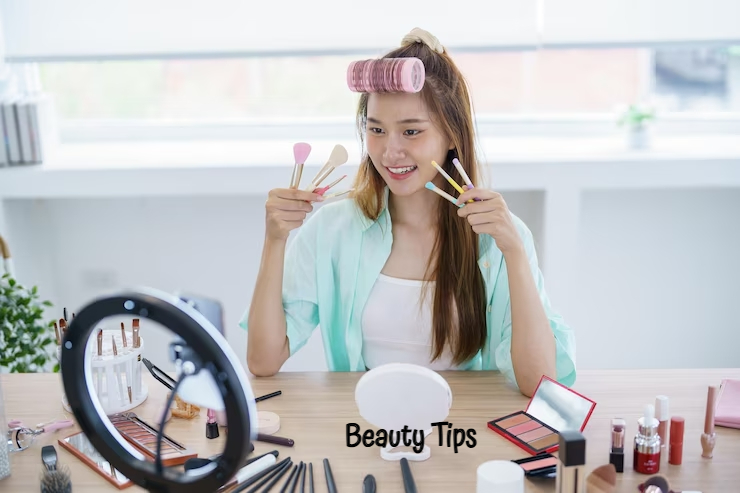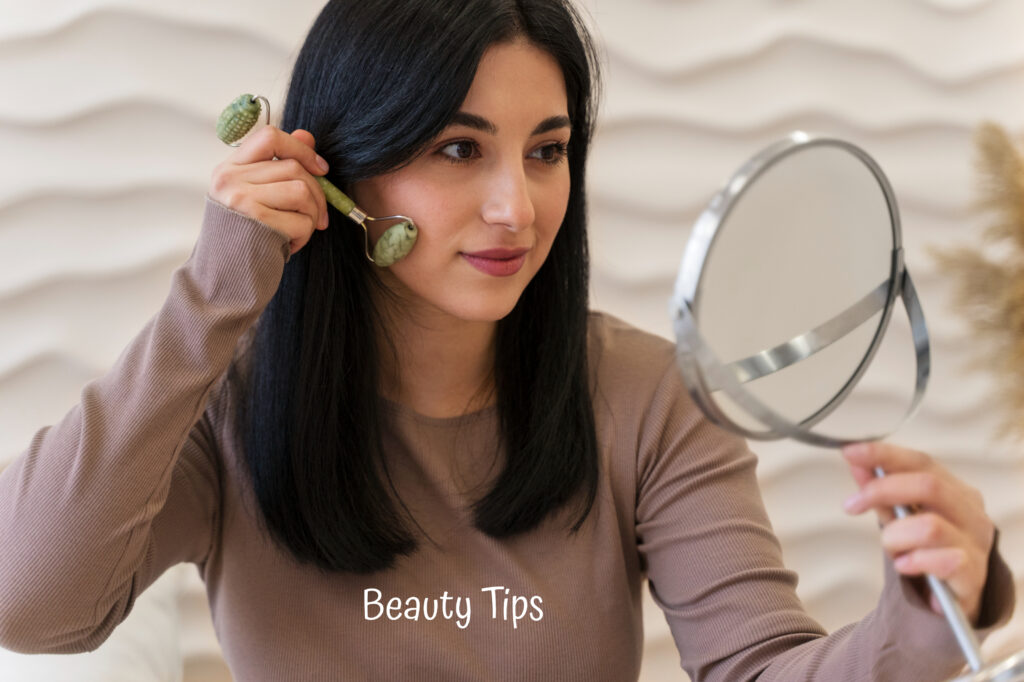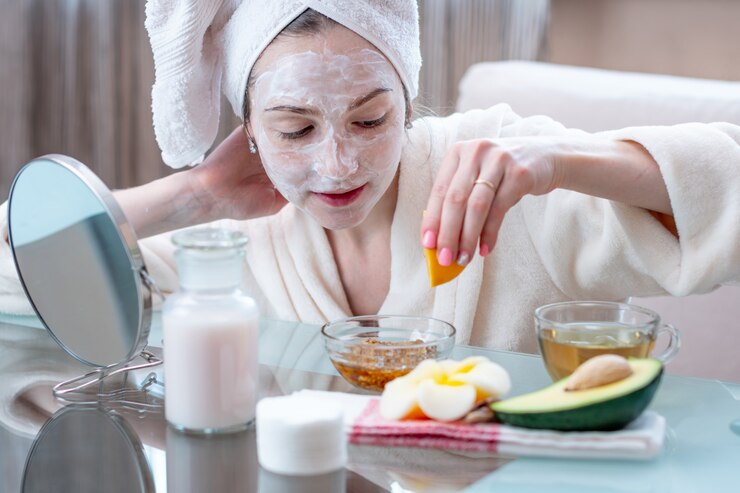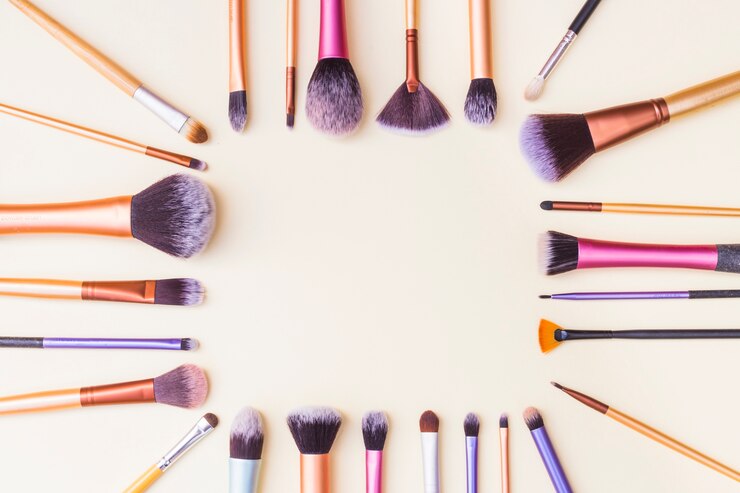K-Beauty Trends: Revolutionizing the Global Beauty Industry
K-beauty, or Korean beauty, has significantly impacted the global beauty industry, captivating consumers with its innovative products and elaborate skincare routines. Emphasizing health, hydration, and brightening effects, K-beauty aims to achieve the highly sought-after “glass skin” look. This article delves into the latest K-beauty trends, the science behind them, and their influence on the global beauty market.
The Essence of K-Beauty
At the heart of K-beauty is a philosophy that prioritizes skin health over makeup. Rather than relying on heavy foundation, K-beauty enthusiasts embrace a lengthy skincare regimen. Focusing on toning, clarifying, and hydrating the skin. This approach results in a natural, radiant complexion, often referred to as “glass skin.”
Glass skin is characterized by a smooth, translucent, and dewy appearance, achieved through a meticulous skincare routine involving multiple steps. These steps typically include cleansing rituals, toners, essences, serums, sheet masks, moisturizers, and SPF protection. This process ensures that the skin is well-hydrated, toned, and free from impurities.
Popular Ingredients in K-Beauty
K-beauty products are known for their unique and often exotic ingredients, derived from natural sources. The absolute most famous fixings include:
- Green Tea Leaves: Known for their antioxidant properties, green tea leaves help protect the skin from free radical damage and soothe inflammation.
- Orchid Extract: Rich in nutrients, orchid extract hydrates and nourishes the skin, promoting a youthful appearance.
- Soybean: Soybean extracts provide hydration and help improve skin elasticity, making the skin look firmer and more youthful.
- Snail Slime: This ingredient is celebrated for its ability to repair and regenerate the skin. Improving texture and reducing the appearance of scars and wrinkles.
- Morphing Masks: These innovative masks change texture upon application, delivering a customized skincare experience.
- Bee Venom: Known for its anti-inflammatory properties, bee venom helps to relax facial muscles and reduce the appearance of fine lines.
- Moisturizing Starfish Extract: This extract provides intense hydration and helps to improve skin elasticity.
- Pig Collagen: Pig collagen is used for its moisturizing and firming properties, helping to improve the skin’s texture and elasticity.
The Multi-Step Skincare Routine
One of the defining features of K-beauty is its multi-step skincare routine. Which can involve up to 10 steps or more. This elaborate regimen ensures that the skin receives comprehensive care, addressing various concerns such as hydration, brightening, and anti-aging. The typical steps in a K-beauty routine include:
- Oil-Based Cleanser: Removes makeup and impurities without stripping the skin of its natural oils.
- Water-Based Cleanser: Provides a deeper cleanse to remove any remaining impurities.
- Exfoliator: Gently sloughs off dead skin cells to reveal a brighter complexion.
- Toner: Prepares the skin for the next steps by balancing its pH and providing hydration.
- Essence: A lightweight, hydrating product that helps to improve skin texture and moisture levels.
- Serum: Targets specific skin concerns such as wrinkles, pigmentation, and dullness.
- Sheet Mask: Provides an intense dose of hydration and nutrients.
- Eye Cream: Hydrates and protects the delicate skin around the eyes.
- Moisturizer: Locks in moisture and provides a protective barrier.
- SPF Sunscreen: Protects the skin from harmful UV rays during the day.
At night, the sunscreen is replaced by a rich night cream to nourish and repair the skin while you sleep.
Impact of K-Beauty on the Global Beauty Industry
The K-beauty phenomenon has revolutionized the global beauty industry, introducing innovative products and setting new standards for skincare. Since its emergence in the West in 2011 with the launch of the BB cream. A multi-tasking skincare product that serves as a foundation, moisturizer, and sunscreen, K-beauty has continued to gain popularity.
The Korean skincare industry is known for its rapid development and frequent product launches. In fact, two-thirds of all new skincare products launched globally originate from South Korea. This constant innovation keeps consumers excited and engaged, driving the growth of the industry.
The Role of Natural and Organic Ingredients
As consumers become more conscious of the ingredients in their skincare products. There is a growing demand for natural and organic options. K-beauty brands are known for their use of natural ingredients. Which are often backed by clinical research studies evaluating their therapeutic potential and biological effects on the skin.
Beauty Standards and Controversies
While K-beauty has set new standards for skincare, it has also sparked controversies related to Korean beauty standards. These standards often emphasize a youthful look, the appearance of moisture. And fair skin, leading to a preference for cremes over powders. However, some of these beauty standards have been criticized for being harmful and unrealistic.
The pressure to conform to these standards has led to a high rate of cosmetic surgery in South Korea. With many young people feeling the need to undergo procedures to achieve the ideal look, this phenomenon has consequently given rise to the “Escape the Corset” movement. In this movement, women challenge rigid beauty standards and advocate for natural beauty. Therefore, the societal push for perfection has sparked a significant counter-movement, highlighting the desire for change and the rejection of unrealistic expectations.
The Influence of Popular Culture and the Hallyu Wave
The Hallyu Wave, or the global popularity of Korean pop culture. Has played a significant role in the success of K-beauty. Celebrities and influencers often promote K-beauty products, helping to boost their popularity both domestically and internationally. This cultural influence, combined with the appeal of innovative and effective products. Has solidified K-beauty’s position in the global beauty market.
Economic Impact and Market Share
South Korea is a leader in the global beauty industry, with the Asia-Pacific region holding the largest market share. The demand for K-beauty products continues to grow, with significant expansion in Western markets.Including the United Kingdom and the United States. The presence of K-beauty products in duty-free shops and the increase in international tourism to South Korea have also contributed to the industry’s growth.
The Future of K-Beauty
Looking ahead, K-beauty is expected to continue its upward trajectory, driven by ongoing innovation and the introduction of new products and ingredients. Furthermore, the emphasis on natural and organic skincare, combined with the influence of popular culture and the Hallyu Wave, will likely keep K-beauty at the forefront of the global beauty industry. Consequently, as these trends converge, the impact of K-beauty is set to grow even stronger, solidifying its position as a leader in the market.
In conclusion, K-beauty has transformed the way people approach skincare. Offering elaborate routines and innovative products that emphasize health, hydration, and brightening effects. As the industry continues to evolve, it remains a major player in the global beauty market. Setting trends and raising the bar for skincare standards worldwide.




Good
Thanks😊Stay Connected😊
I’m always learning something new from your blog.
🥰